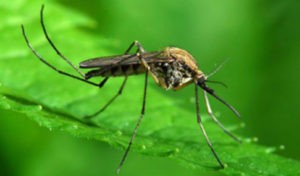
For some of us, spring represents a time of rebirth: winter thaws, budding blossoms, cute ducklings and chicks. But for those of us with seasonal allergies, spring is less benevolent and more horror movie: runny noses, itchy throats, constant sneezes. If you think humans are alone in suffering when spring has sprung, think again! Dogs get spring allergies too.
Environmental allergies, or atopy, are the second-most common cause of itchy skin in dogs after flea allergy dermatitis. Although allergies can strike in any season, spring allergies do tend to trend toward outdoor triggers. While dogs with winter allergies may exhibit sensitivity to things like molds and dust mites, the most common allergies diagnosed in spring are weeds, trees and grass pollens.
A big difference between environmental allergies in humans and those in dogs involves the signs through which these allergies manifest. While most people associate allergies with hay fever symptoms affecting the nose and eyes, the same is not generally true for dogs. Although runny eyes and sneezing does happen with dogs, these are less common clinical signs. The most common clinical signs associated with seasonal allergies in dogs are associated with itchy skin and secondary ear and skin infections. The most common sites for itching and licking include paws, face and ears.
The first step in managing allergic diseases is establishing a diagnosis of atopy, versus flea allergy dermatitis, food allergy or one of the other conditions that may resemble these. Dogs can be given a range of treatments from allergy shots to different medications, such as, antihistamines to more potent immune-modulators. Each has advantages and drawbacks and response can vary from dog to dog, so it’s important to always use the medications under careful guidance from a veterinarian in order to get the best results.
Good luck this spring allergy season!




